Baosheng-Tempel, Suzhou - Ticketpreis, Öffnungszeiten, Lage und Highlights
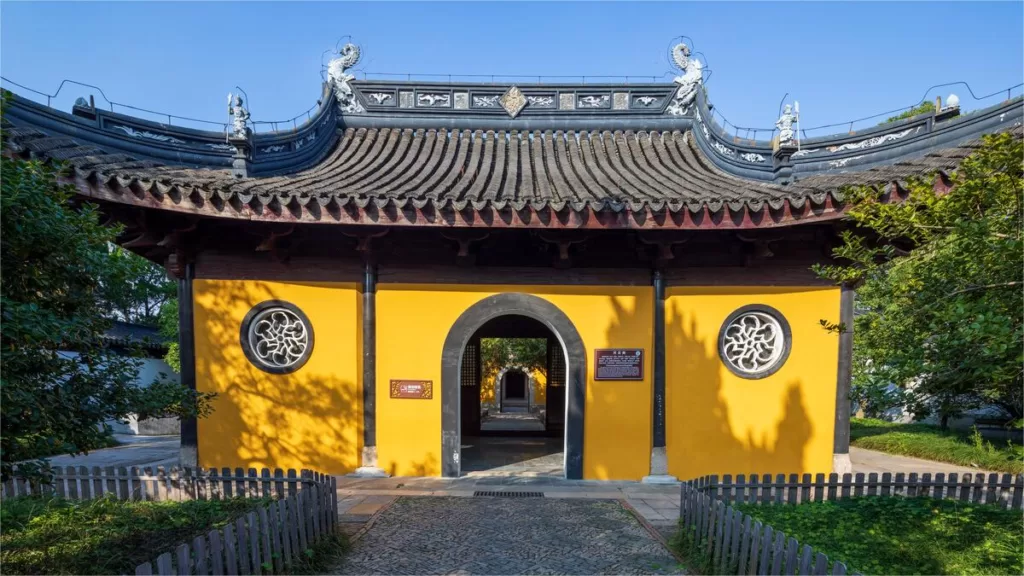

Nestled in the heart of Suzhou‘s picturesque Luzhi Ancient Town, Baosheng Temple (保圣寺) stands as a venerable testament to China’s rich cultural and religious history. With its origins tracing back to an astonishing 503 BC during the Liang Dynasty, this temple boasts a remarkable legacy that spans over 1500 years, making it one of Suzhou’s oldest and most revered spiritual sanctuaries.
In its prime, Baosheng Temple was a sprawling complex, boasting over 5000 rooms and housing thousands of devoted monks. Such was its grandeur that it occupied nearly half of the Luzhi Ancient Town, leaving an indelible mark on the landscape and in the hearts of the local populace. Even during the Ming Dynasty, more than 200 buildings stood proudly within the temple’s grounds, each echoing with the whispers of history. Today, however, only a few remnants remain, serving as poignant reminders of the temple’s illustrious past.
Inhaltsübersicht
- Grundlegende Informationen
- Standort und Transport
- Highlights of Baosheng Temple
- Vlog about Baosheng Temple
- Other Attractions in Kunshan
- Andere Tempel in Suzhou
Grundlegende Informationen
| Geschätzte Dauer der Tour | 1 Stunde |
| Ticket | Included in the combined ticket of Luzhi Ancient Town, which costs 60 RMB |
| Die Öffnungszeiten | 8.00 - 17.00 |
| Telefon Nummer | 0086-0512-65010011 |
Standort und Transport
Baosheng Temple is situated in the enchanting and historically rich Luzhi Ancient Town, which is nestled within the city of Suzhou in Jiangsu Province, China. This picturesque town is renowned for its well-preserved ancient architecture, serene canals, and tranquil ambiance, making it a popular destination for tourists seeking a glimpse into China’s storied past.
Tourists can take bus 521, 523, 525, 527, or 563, get off at Luzhi Market Stop (甪直集贸市场), and walk about 200 meters to the east to reach the temple.
Highlights of Baosheng Temple
The Enigmatic Arhats

Among the treasures that once graced Baosheng Temple, the Arhats statues stand out as a testament to human craftsmanship and devotion. Legend has it that these masterpieces were created by the carving maestro, Yang Huizhi, during the Tang Dynasty. Their allure and significance transcend time, as they remain as awe-inspiring relics of ancient artistry. Tragically, only nine of these remarkable statues survive an accident in 1928, which led to the collapse of the hall housing them. Despite their diminished numbers, these Arhats continue to captivate the imagination of visitors and stand as a testament to the enduring spirit of Baosheng Temple.
The Resilient Stone Column
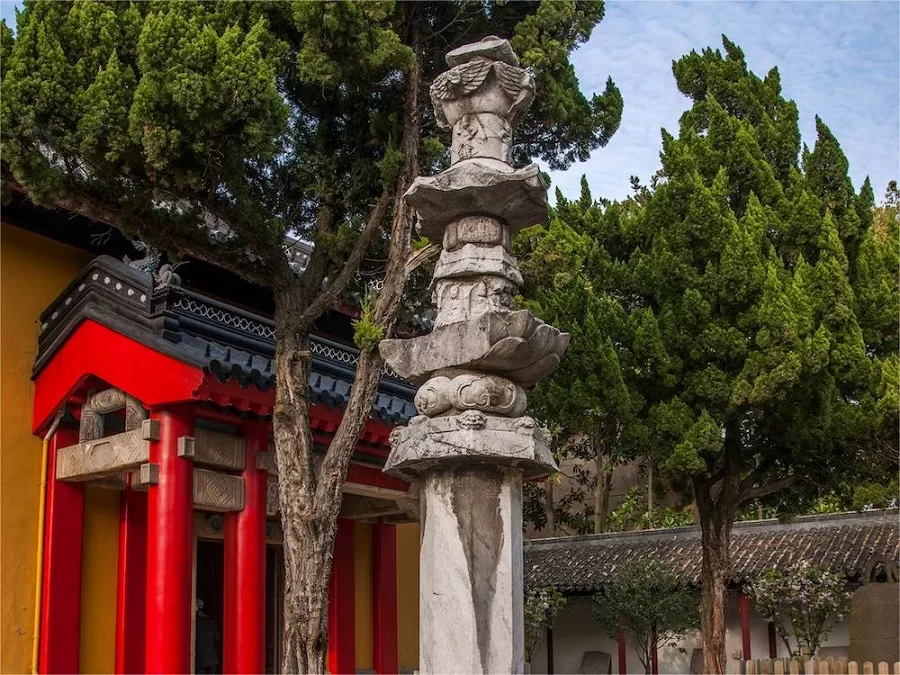
Another architectural marvel within the temple’s precincts is the resilient Stone Column, whose creation dates back to the year 854. Its legacy is further enriched by a reconstruction in 1145 BC, a testament to the enduring reverence for the temple. Adorned with intricate engravings of Buddhist scriptures, this column carries the weight of centuries of prayers and contemplation. Yet, the erosion wrought by wind and rain has rendered many of its inscriptions illegible. Despite the fading words, the Stone Column remains a steadfast sentinel, guarding the temple’s sacred history.
Harbingers of Good Fortune
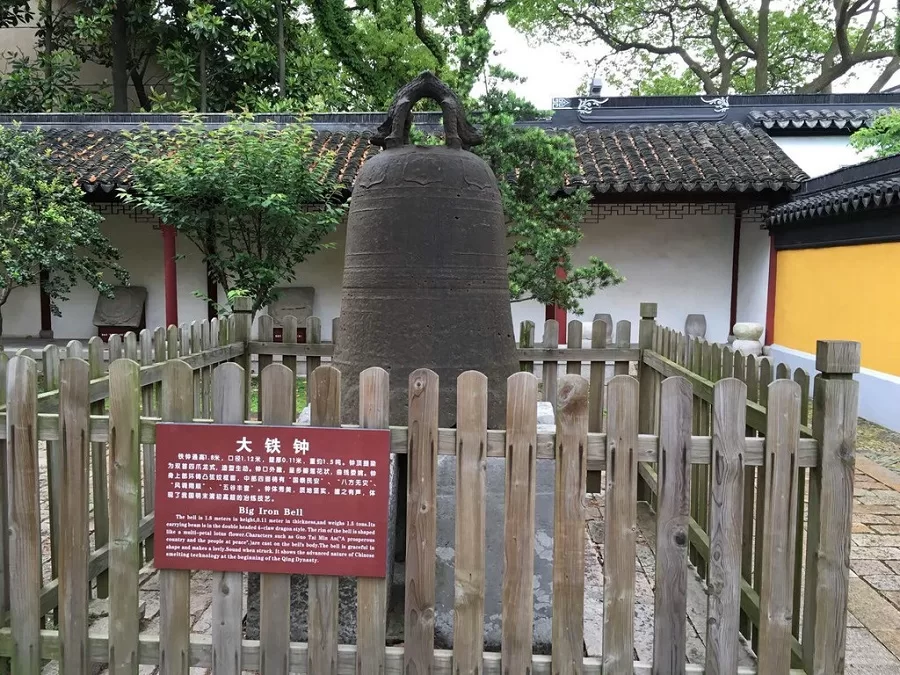
One of the most intriguing highlights of Baosheng Temple is the enigmatic iron bell, a relic forged during the juncture of the Ming and Qing Dynasties. Its surface is adorned with inscriptions that evoke a sense of agricultural prosperity and spiritual blessings. The phrases “Good Weather for the Crops” and “Gold Harvest” etched onto its surface speak to the temple’s role as a beacon of hope and well-being for the local community. The resonance of this ancient bell serves as a reminder of the temple’s enduring presence as a source of comfort and solace for generations.
Vlog about Baosheng Temple
Other Attractions in Kunshan

Zhouzhuang Ancient Town
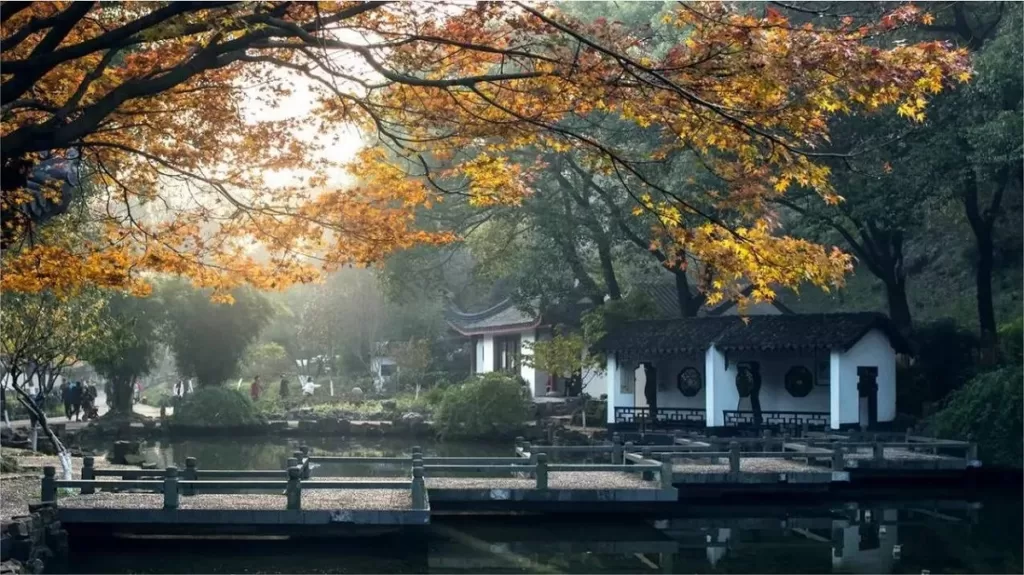
Tinglin Garden

Jinxi Ancient Town
Andere Tempel in Suzhou

Suzhou Stadt Gott Tempel

Xuanmiao-Tempel

Suzhou Hanshan-Tempel
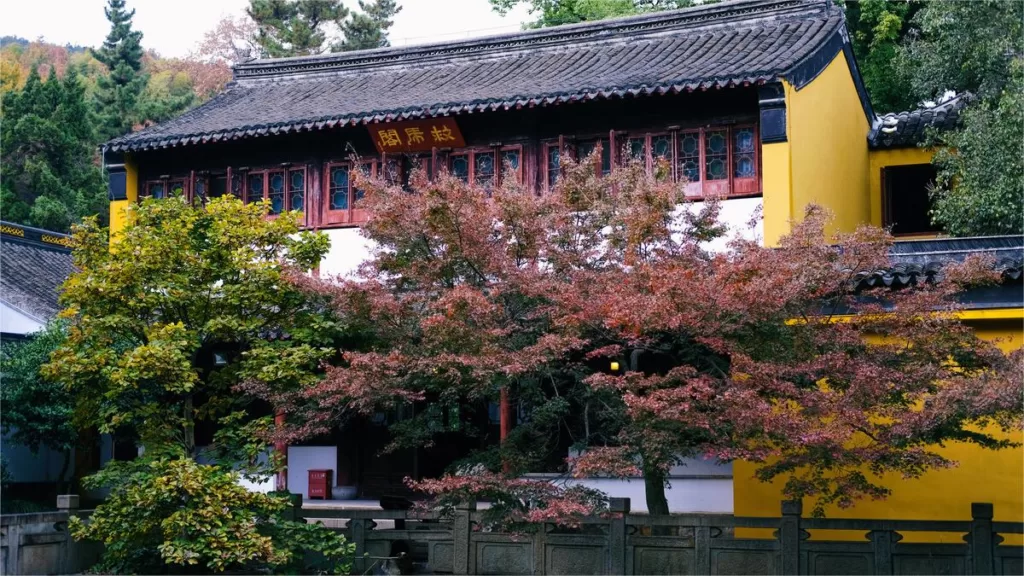
Xingfu-Tempel

Chongyuan-Tempel
Historische Stätten in Jiangsu, Suzhou Sehenswürdigkeiten